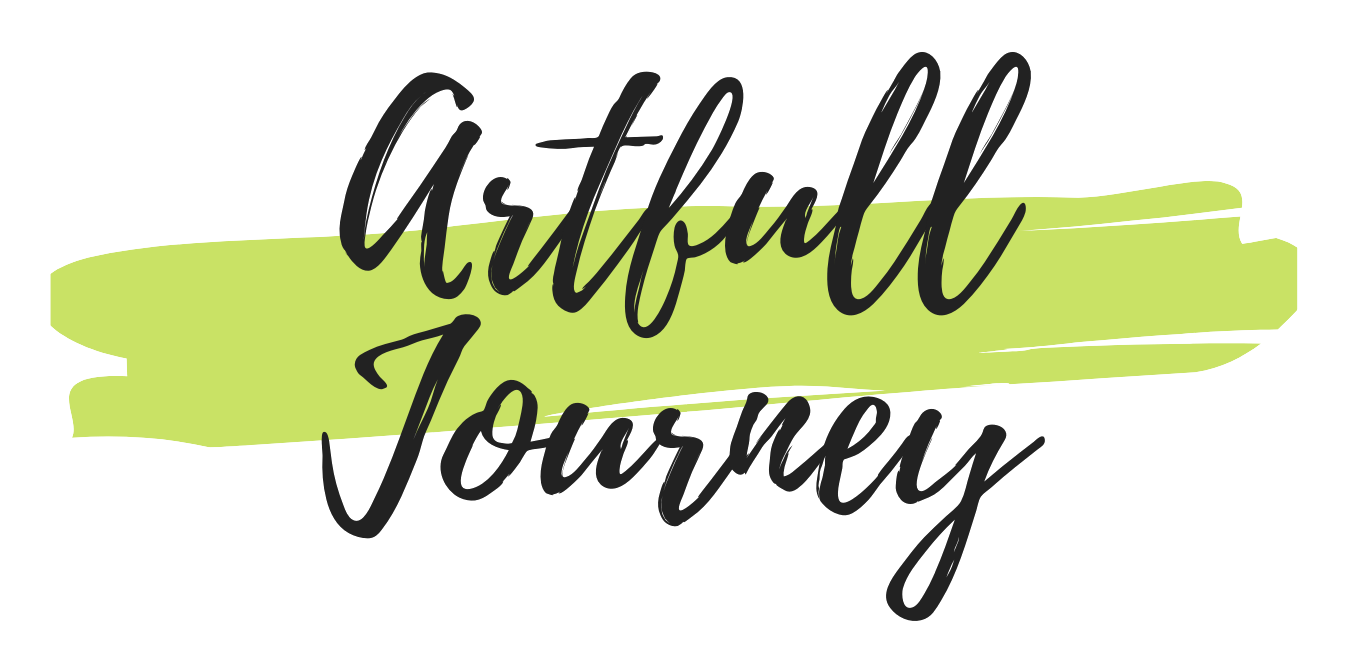Discovering the right art project inspiration can feel like searching for a needle in a haystack, especially when you’re juggling multiple responsibilities and creative blocks. Whether you’re an aspiring artist, a student, or someone looking to spark your inner creativity, finding the perfect art project idea can be overwhelming. However, with the right guidance, you can unlock endless possibilities and transform your artistic vision into reality. From drawing inspiration from beloved children’s books to experimenting with simple yet impactful projects, this guide offers a comprehensive exploration of art inspiration ideas tailored for everyone. Explore techniques to ignite your creativity, discover unique project ideas for kids, adults, and students alike, and learn how to turn ordinary moments into extraordinary artistic expressions. Let’s embark on a journey to fuel your imagination and bring your artistic ideas to life!
Key Takeaways
- Unleash your creativity with endless possibilities for art projects and inspiration.
- Explore diverse project types, from tech innovations to community-driven initiatives.
- Foster community engagement through collaborative and interactive creative projects.
- Enhance your skills and knowledge through experimental learning opportunities.
- Embrace experimentation to unlock new creative pathways and grow your artistic vision.
- Discover inspiration and valuable resources to kickstart your next creative journey.

How to Find Inspiration for Art
To find inspiration for your art, consider the following organized approach:
- Curate an Inspiration Box : Start by gathering a variety of visual elements that interest you. Include photos, sketches, and real-world objects. Use free stock photo sites to find images that resonate with you without infringing on others’ rights.
- Explore Art Movements : Study different art movements and styles. Begin with one movement, such as impressionism, and analyze their techniques and subject matter. Utilize online resources and museum guides to delve deeper into these areas.
- Engage with Communities : Join forums and groups like DeviantArt or Reddit to observe and learn from others’ works. Post your own artwork to receive feedback and gain insights into potential improvements.
- Practice Technique : Dedicate time daily to sketching and experimenting with various mediums. Challenge yourself by trying new tools and approaches to expand your creative horizons.
- Observe the World : Set aside time each day to walk and document the environment through quick sketches or notes. Capture details that might otherwise go unnoticed, providing fresh material for your art.
- Study Great Artists : Analyze the styles of renowned artists by examining their techniques, color palettes, and compositions. Look into their biographies to understand their motivations and how their surroundings influenced their work.
- Reflect on Personal History : Review your past art works to rediscover forgotten ideas and inspirations. Organize your作品 in a digital gallery or scrapbook for easy access and revisitation.
- Experiment with New Media : Explore digital tools and mixed media to add diversity to your work. Research quality supplies and watch tutorials to master these new techniques effectively.
- Seek Mentorship : Find mentors through online platforms that connect artists with teachers. Benefits include personalized feedback and accountability to keep your creative journey on track.
- Stay Curious and Open-Minded : Embrace uncertainty by exploring unexpected subjects and taking creative risks. This mindset can help break through creative blocks and lead to unforeseen innovations.
By integrating these strategies, you can develop a robust method for consistently finding inspiration and growing as an artist.
How Do I Get Ideas for an Art Project?
To get ideas for an art project, consider the following structured approach:
- Explore Surroundings : Look for everyday objects or scenes that inspire you. Keep a notebook or sketchbook to document these observations.
- Visit Museums and Galleries : Expose yourself to various art styles and mediums by visiting local museums and galleries. Engage with the works and seek inspiration from different eras and cultures.
- Journaling and Sketching : Maintain a journal or sketchbook to record random thoughts, colors, shapes, and ideas. This practice helps in identifying patterns and themes.
- Network with Artists : Connect with other artists through workshops, online forums, or local art groups. Their insights and experiences can provide valuable guidance and ideas.
- Utilize Technology : Leverage digital tools and platforms like Artful Journey for resources, tutorials, and community support. These platforms offer a wealth of knowledge and inspiration.
- Set Daily Challenges : Create a routine where you tackle different art challenges, such as painting daily still lifes or experimenting with new techniques to expand your skills.
- Nature as Inspiration : Spend time outdoors to observe nature’s textures, colors, and forms. These elements can translate into abstract or representational art pieces.
- Collaborate with Others : Work with a group or partner to bring diverse perspectives into your project, enriching the creative process and outcomes.
- Incorporate Personal Stories : Infuse your artwork with personal experiences or emotions to create meaningful and relatable narratives.
- Experiment with Mixed Media : Combine various materials to explore unique textures and effects, leading to innovative and intriguing art pieces.
By embracing these strategies, you can unlock your creativity and find endless possibilities for your next art project. Remember, every step, regardless of its outcome, is a part of your artistic journey.

Art Project Ideas
Here are some creative art project ideas to inspire your next masterpiece:
- Mixed Media Art : Combine different materials like paper, fabric, paint, and more to create unique textures and designs.
- Printmaking : Explore techniques like screen printing, etching, or lithography to create printed works of art.
- Street Art : Create murals or graffiti-inspired pieces, considering local regulations and permissions.
- Installation Art : Develop three-dimensional pieces that tell stories or interact with their environment.
- Photography as Art : Capture moments or themes that evoke emotion and share them digitally or in exhibitions.
- Fiber Art : Work with textiles to create woven, dyed, or embroidered pieces that are truly unique.
- Collage Art : Combine clippings, paint, and glue to create visually striking art from recycled materials.
- Digital Art : Use software like Photoshop or Procreate to create digital masterpieces, especially with the rise of NFTs.
- Sculpture : Craft abstract shapes or figures using materials like clay, metal, or wood.
- Ceramics : Work with clay to create functional or decorative pottery, perfect for both utility and art.
- Glass Art : Explore intricate glassblowing or stained glass techniques for beautiful, luminous pieces.
- Calligraphy : Practice precise handwriting to create elegant signs, posters, or standalone art pieces.
- Writing as Art : Focus on conceptual pieces where words convey deeper meanings beyond mere communication.
- Performance Art : Use movement, sound, or other actions to create interactive and thought-provoking performances.
- Mixed-Genre Projects : Blend different media, like combining painting with sculpture or adding sound to video.

Fun Project Ideas
- Build a creative website or blog to share your thoughts and experiences.
- Create a DIY project such as handmade jewelry, candles, or furniture.
- Develop a simple mobile app or design a logo using graphic design tools.
- Start a personal development journey by setting and tracking daily goals.
- Volunteer your time or organize a community event to give back to others.
- Learn a new skill like cooking, baking, or photography to enhance your hobbies.
- Experiment with coding by building a personal portfolio or landing page.
- Write a short story, poem, or journal about your life experiences and aspirations.
- Start a podcast or YouTube channel to discuss topics you’re passionate about.
- Plan and execute a weekend getaway or adventure to explore new places.
- Investigate local history or culture by visiting museums and historical sites.
- Practice a new sport or fitness routine to improve physical health and mental well-being.
- Experiment with fashion by creating unique outfits or clothing alterations.
- Research and cook recipes from different cuisines to broaden your culinary horizons.
- Document your travels through photography, capturing the beauty of nature and culture.
- Start a collection of vintage items or antiques to curate a unique display.
- Organize a themed party or gathering to entertain friends and family.
- Explore new music, movies, or books by diving into genres you haven’t tried before.
- Design and plant a garden or landscape your outdoor space to create a relaxing retreat.
- Take an online course to learn a new language, skill, or hobby.
- Experiment with digital art, using software to create stunning visuals.
- Start a fitness challenge to stay motivated and improve overall health.
- Research and write about historical figures or events that interest you.
- Practice mindfulness or meditation to reduce stress and improve mental clarity.
- Curate a playlist of songs that evoke different emotions and tell a story.
- Start a collection of stamps, coins, or trading cards to build a unique set.
- Organize a charity drive or donation campaign to support a cause you care about.
- Attempt a puzzle or escape room to test your problem-solving abilities.
- Document your daily life through vlogging or a photo diary to reflect on your year.
- Start a fitness challenge to stay motivated and improve overall health.
- Research and write about historical figures or events that interest you.
- Practice mindfulness or meditation to reduce stress and improve mental clarity.
- Curate a playlist of songs that evoke different emotions and tell a story.
- Start a collection of stamps, coins, or trading cards to build a unique set.
- Organize a charity drive or donation campaign to support a cause you care about.
- Attempt a puzzle or escape room to test your problem-solving abilities.
- Document your daily life through vlogging or a photo diary to reflect on your year.
What Are Creative Open-Ended Projects?
Creative open-ended projects are initiatives that invite individuals or groups to engage in activities with minimal restrictions, allowing for maximum innovation and personal expression. These projects often aim to stimulate creativity, foster collaboration, and encourage problem-solving through dynamic and flexible approaches.
Examples of Creative Open-Ended Projects
- Community Art Installations : Initiatives where participants collectively create large-scale art pieces, such as murals or sculptures, often led by local organizations or artists.
- Creative Writing Contests : Challenges where writers submit stories, poems, or essays on a chosen theme, promoting literary expression and community engagement.
- Interactive Art Experiences : Events like paint nights, where participants gather to create art together, often facilitated by artists or instructors.
- Design Challenges : Competitions where teams or individuals develop innovative solutions to problems, blending functionality with aesthetic appeal.
- Collaborative Music Projects : Platforms where musicians, singers, and producers contribute to a shared musical work, often using digital tools to facilitate collaboration across distances.
Benefits of Open-Ended Projects
- Fosters Creativity : By removing predefined expectations, these projects encourage diverse thinking and unconventional solutions.
- Encourages Community Engagement : They often bring people together, fostering social bonds and collective achievement.
- Promotes Learning : Through experimentation and exploration, participants gain new skills and deepen their understanding of various disciplines.
Tips for Success
- Provide Flexible Tools : Use materials that allow for adaptability, such as reusable art supplies or digital platforms for remote collaboration.
- Foster Collaboration : Encourage teamwork, especially in group settings, to leverage varied perspectives and expertise.
- Embrace Experimentation : Allow participants to iterate and refine their ideas, creating opportunities for growth and learning.
By embracing the spirit of open-endedness, these projects unlock potential and inspire meaningful creation, making them invaluable tools for fostering creativity and community. Explore more creative open-ended projects on our platform to find inspiration and resources for your next initiative: Artful Journey .

How to Get Creative Ideas
To unlock your creativity, try these proven techniques:
- Mind Mapping : Start with a central idea and branch out into related concepts. This visual approach helps connect disparate thoughts and sparks new ideas.
- Brainstorming Sessions : Gather a group of like-minded individuals and discuss diverse topics. The collective energy often leads to unexpected creative breakthroughs.
- Explore Different Fields : Step outside your comfort zone and study unrelated disciplines. Cross-pollination between fields can lead to innovative solutions.
- Journaling : Write down your thoughts and observations daily. Reviewing your journal can reveal patterns and inspire future ideas.
- Set Challenges : Create personal creative projects with deadlines. The pressure can push you to think creatively and overcome obstacles.
- Learn from Others : Study successful creators in your field. Analyze their techniques and adapt them to your own work.
- Experiment Regularly : Try new tools, mediums, and approaches. Failure is often the precursor to success.
- Seek Feedback : Share your ideas with trusted peers or mentors. Their perspective can highlight opportunities you might have missed.
- Practice Gratitude : Reflect on what you’re thankful for. This mindset can foster a more positive and creative outlook.
By incorporating these strategies, you can consistently generate fresh and impactful ideas. Remember, creativity is a muscle that grows with practice. Explore, experiment, and embrace the journey of discovery.
Explore creative resources and tutorials to fuel your artistic growth.




0 Comments